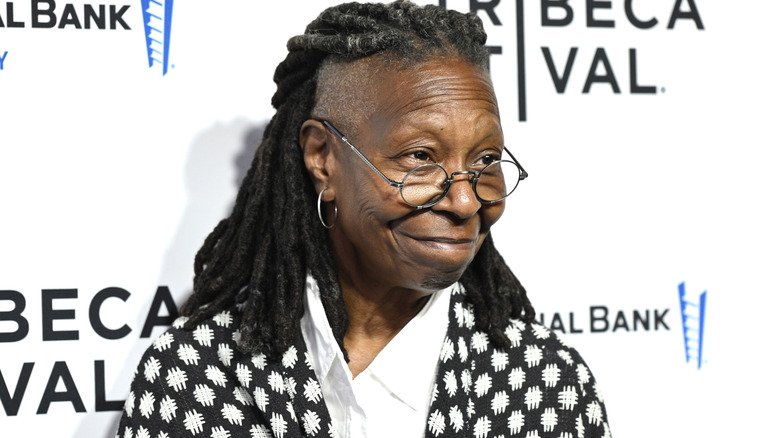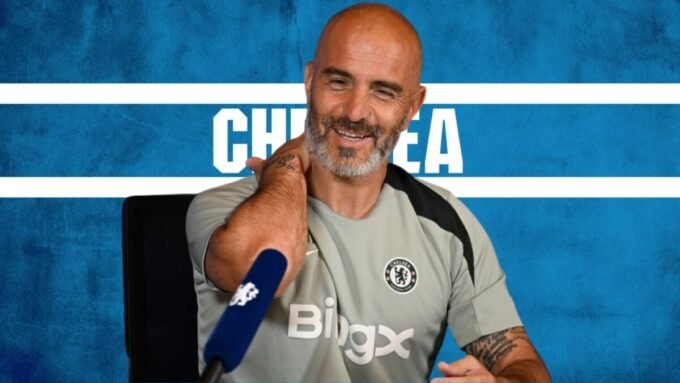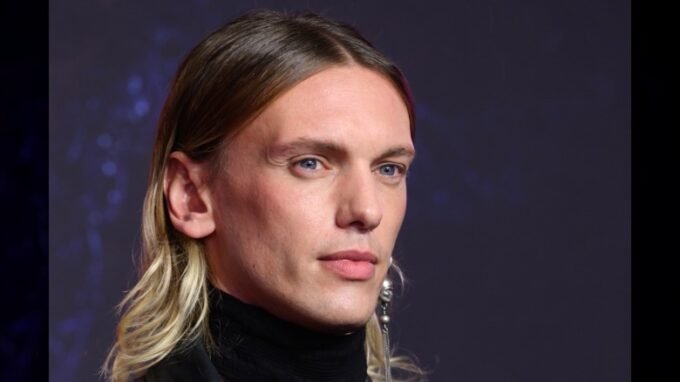It’s the biggest open secret in Hollywood right now. Celebrities are using Ozempic and similar drugs to lose weight, and honestly, that’s their own business. The results can be dramatic, and it’s easy to see the appeal. But these medications, like anything powerful, come with a catch. The rapid weight loss can sometimes leave a visible mark, a phenomenon that’s been dubbed, a little cruelly, “Ozempic face.” It’s not really about the brand, but what the process does. I was curious about what this actually looks like up close, so we asked a plastic surgeon to break it down for us—not to shame anyone, but to understand the science behind what we’re all sort of noticing.
Dr. Samuel Golpanian, a plastic surgeon from Beverly Hills, walked us through it. He pointed to Rosie O’Donnell as a pretty clear example of these changes. He mentioned that her facial features appear more “pronounced” and noted something you might not consciously pick up on: a grayish tone to the skin. That part was new to me. His theory connects back to some research from Oxford. Basically, these GLP-1 drugs don’t just target the deep fat that gives your face a plump, youthful look; they can also deplete a special layer under the skin called white adipose tissue. This isn’t just filler; it’s actually packed with stem cells that produce all the good stuff your skin needs to stay healthy and bouncy. When that goes away, the structure of your skin can change. Its ability to repair itself takes a hit, too. It’s a biological trade-off that happens way beneath the surface.
Also read: Kelly Clarkson’s Emotional Signals: A Look Back Before Blackstock’s Passing
Now, here’s a crucial detail: Rosie is actually on Mounjaro, not Ozempic. But the mechanism is similar. And honestly, she’s been incredibly open about the whole experience. She’s talked about the shock of seeing herself in a tracksuit, down to a size 12, calling the drug a “life saver.” She started it for diabetes management, and the benefits for her clearly, and understandably, outweigh any cosmetic side effects. I think that’s the most important takeaway here. For the people who need these medications, a change in their face is probably the last thing on their mind—and rightly so.
It’s Not Just About Age, But Age Plays a Role

Dr. Golpanian also mentioned seeing similar signs in Whoopi Goldberg, another star who’s been very frank about her use of Mounjaro. His assessment here introduced another layer, though: the role of age. It makes a lot of sense when you think about it. If you’re younger, you might have enough facial fat reserves that losing some weight doesn’t completely redefine your bone structure. But for older individuals, these changes can be far more dramatic. The loss of that foundational volume can lead to more sagging skin, a more sunken appearance—changes that are sometimes so significant that people consider surgical options to address them, like procedures to remove and tighten excess skin.
Also reaD: JD Vance’s Golf Getaway: Eyeliner, Gray Hairs, and a Scottish Swing
Again, context is everything. Whoopi has been a vocal advocate for the positive impact the drug has had on her life. She’s also had to deal with the weird downside of fame in the AI age, warning people about AI-generated deepfakes of her selling scam products. She’s been crystal clear: she uses the real medication, and it’s been “really good” for her. And that’s the point, isn’t it? These are personal health decisions. The conversation around “Ozempic face” feels a bit like focusing on a single, negative pixel in an otherwise positive picture. For the people actually living this, the benefits seem to make any change in the mirror completely worth it. They’ve found something that works for them, and a little bit of volume loss in the cheeks isn’t going to















Leave a comment